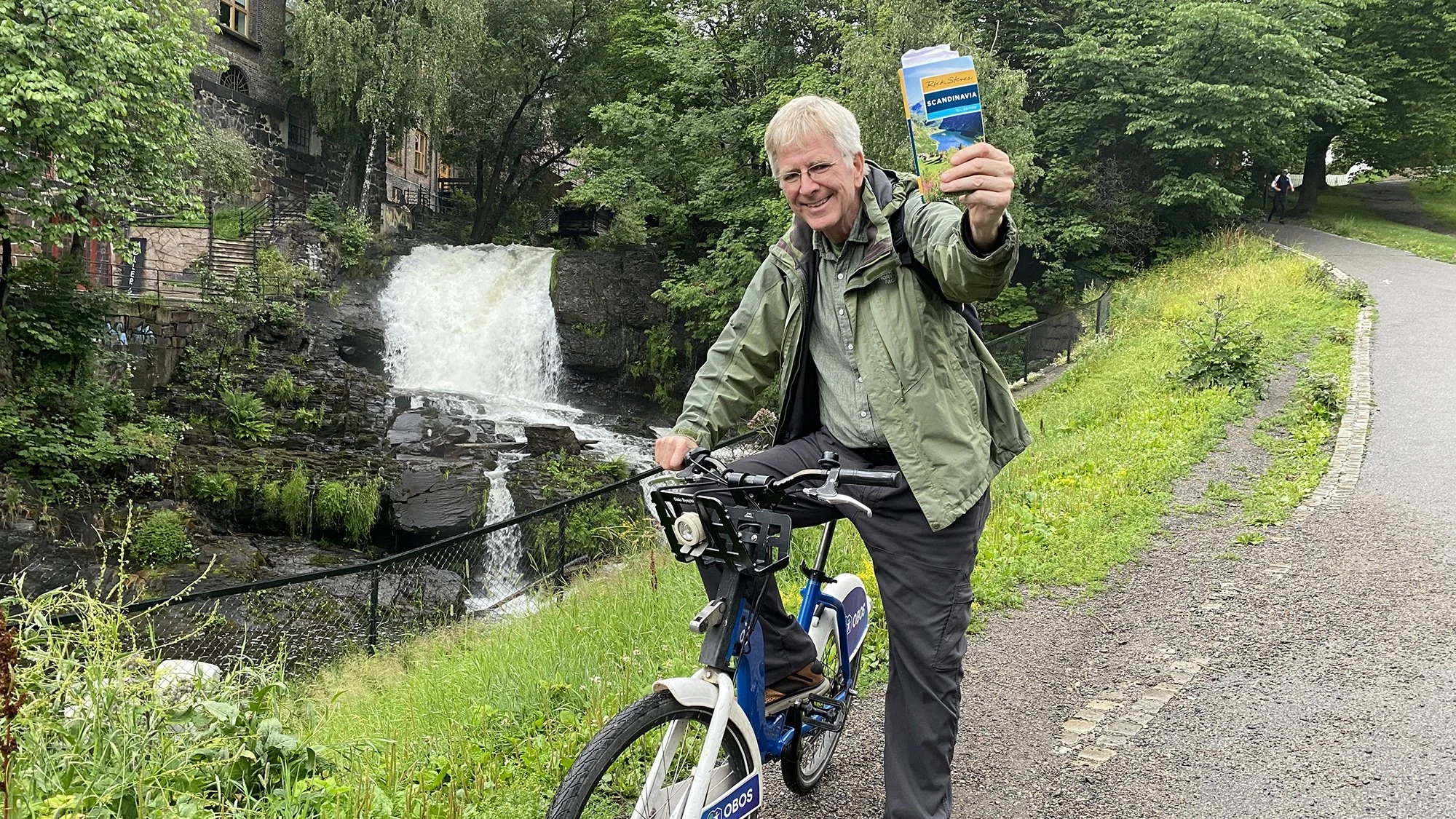Advocates must adjust the way they talk about city planning. Overuse of jargon and a strict focus on logical debate alienates people, but focusing on the concrete benefits of better urban design — or, even better, showing those benefits — can make change more appealing.
Read MoreWhen actor Timothée Chalamet got stuck in traffic on the way to a movie premiere, he showed that rethinking how we travel can lead to better outcomes for everyone.
Read MoreMany cities are experiencing a rapid decline in their under-age-5 population, as a lack of family-sized housing forces families to leave for the suburbs. How should cities respond? One method is adopting courtyard blocks.
Read MoreThe ways that people buy coffee in American cities versus older European cities illustrates the differences in their built environments — and their priorities.
Read MoreChildren need the option to participate in the outside world, not just to fear it. Here's how Tiffany Owens Reed is carving out space for her son.
Read MoreIf you could ask anything from a downtown redevelopment project, what would it be? For a lot of people, it’s a place to sit. This may be surprising to some, but public seating plays an important role in creating prosperous communities. Here are a few of the reasons why.
Read MoreStarbucks built its brand on being a third place — a communal hangout that fosters communication and conversation — but in recent years, its priorities have shifted to speed of service. Now, instead of returning to its roots, the corporation is trying to redefine what a third place is.
Read MorePhiladelphia's Porchfest festival showcases the vibrant community spirit of West Philly, and residents proved the endurance of that spirit last month. After the city refused to close streets to car traffic, residents did so themselves to keep festival attendees safe. Admirable, but it should never have been necessary.
Read MoreSafety practices and education are vital for children, but when that education is focused solely on personal responsibility and is enforced through shame, it can do more harm than good. Personal responsibility can only go so far: For streets to truly be safe, changes to the transportation system itself are needed.
Read MoreWhat is a city, anyway? Many problems in the urbanism realm boil down to people having different ideas of what a city is and what purpose it has. To be an effective advocate, make sure you and the people you’re talking to are on the same page.
Read MoreIt’s Member Drive Week here at Strong Towns. To celebrate, Chuck’s reading some of his best articles that you might’ve missed. Today, he’s reading “Most Public Engagement Is Worthless,” which explains why, instead of focusing on what people think they want, planners should focus on people’s actions and then adjust their policies to compliment the way real people actually live.
Read MoreEast Grand Avenue in St. Paul, Minnesota, manages to maintain a unique and magical sense of place even while being car-centric. Here’s how it does it, and how other cities can design their built environments to capture that sense of place.
Read MoreIf you are a tourism marketer, how can you work to make your town more sustainable, resilient and attractive to visitors? And how do you do it in a way that balances the needs of the community? Here are a few ideas to get you started.
Read MoreRates of loneliness and unhappiness are on the rise in the United States, but our European counterparts don’t seem to have the same problem. Why? Part of the reason is the way our built environment isolates us.
Read MorePublic bathrooms are an essential component of people-centered places. In addition to maintaining public health, they encourage foot traffic and community, as people are more likely to frequent an area when they know bathrooms will be available — especially if they have children or medical conditions.
Read MoreWith work patterns shifting as technology advances, retrofitting suburban office buildings has become increasingly important to developers and planners. Here are five ways you can make your office building more appealing and resilient.
Read MoreThe lament, “There’s nothing to do here,” might sound like teenage grumbling, but there may be more wisdom to it than meets the ear. Maybe we should look at our cities through the lens of organic social activities, both because they're enjoyable and because it gives us a chance to reconsider our values and the relationship between our design choices and our community’s social life.
Read MoreDo you know what it's like to have your housing be dependent on a country club membership that you can't afford? Renters across the United States do, as they're forced to pay for amenities like private parking spaces or pool access — even if they never use them.
Read MoreHaving your city prioritize high-speed traffic through your neighborhood is like having people traipse through your living room with their boots on.
Read MoreFamous guidebook author, tour operator, and PBS travel host Rick Steves talks about his observations of places that have prioritized people over cars and infrastructure—and what we can learn from them.
Read More



















